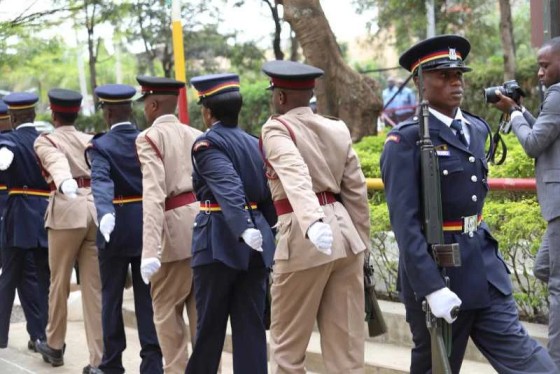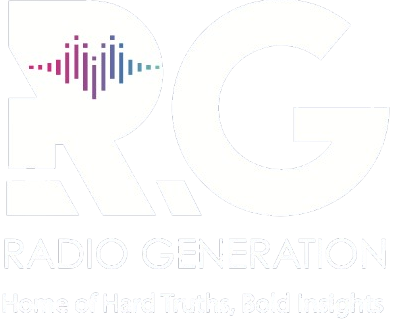Police account for 40 percent of all bribes, says new survey

According to the report, which covered 1,033 respondents from 15 counties, the police scored an alarming 84 out of 100 on the bribery index, far surpassing all other sectors.
A new nationwide survey by Transparency International–Kenya has identified police officers as the most bribery-prone public officials in the country, raising alarm over the extent of corruption in essential public services.
According to the report, which covered 1,033 respondents from 15 counties, the police scored an alarming 84 out of 100 on the bribery index, far surpassing all other sectors.
The findings indicate that police officers are not only the most likely to solicit bribes but also contribute the highest share to the national bribery pool.
The report shows that 72.2 percent of people who interacted with the police were likely to encounter bribery, and 51.3 percent actually paid bribes. The police were linked to 39.8 percent of all bribes paid across the country.
“This means that, for every 10 Kenyans who interacted with the police, more than seven encountered a bribery situation—and at least five paid a bribe,” the report stated.
Closely following the police were land services with a bribery prevalence of 45 percent, motor vehicle licensing at 43.7 percent, the judiciary at 40.8 percent, and civil registration at 34.7 percent.
Despite demanding lower average bribes at Sh6,862 per incident, the high frequency of interaction with the police meant they accounted for nearly 40 percent of all reported bribes. In comparison, the judiciary had the highest average bribe of Sh18,800, followed by land services (Sh12,610) and motor vehicle licensing (Sh10,466).
The study also revealed sharp increases in the size of bribes across several sectors. Business licensing recorded a 141.5 percent rise in average bribes from Sh3,136 in 2017 to Sh7,563 in 2025. The police sector followed with a 97 percent increase.
Civil registration and health services also showed worrying trends, with bribery rates of 32.7 percent and 37.1 percen,t respectively.
The health sector had the steepest decline, with a 27-point rise in bribery prevalence since 2017.
On the opposite end, Huduma Centres emerged as the least corruption-prone, with only nine percent of users encountering bribery.
Just 8.5 percent reported paying bribes, and the average bribe stood at Sh1,055. These centres accounted for only 2.9 percent of the total bribes paid nationally.
The report also delved into the reasons why Kenyans pay bribes. A third of respondents (33 percent) said it was the only way to access services. Another 27.7 percent paid to speed up service delivery, while 18.6 percent did so to avoid conflict with authorities.
The findings further revealed that over half of those who bribed police officers believed they would not have received help without paying.
The same belief was held by 47.8 percent of those who dealt with motor vehicle licensing, 43.5 percent with the judiciary, and 40.8 percent with land services.
Speaking at the release of the findings, Transparency International–Kenya Executive Director Sheila Masinde highlighted the heavy toll bribery takes on young people.
“What happens when someone doesn’t have money to bribe officials for crucial services such as police help, business licences or motor vehicle registration? Youths, aged 18–44, were the most likely to report having been asked for and having paid bribes,” she said.
She added: “It appears the system knows these young people are vulnerable and forces them—despite being largely unemployed—to pay for what should be free. This has to stop.”
To combat this deep-rooted problem, the report called on the National Police Service to urgently act on recommendations from the Police Reform Task Force reports of 2009 and 2022. It also urged the Judiciary to improve whistle-blower mechanisms and ensure corruption cases are handled swiftly and fairly.
